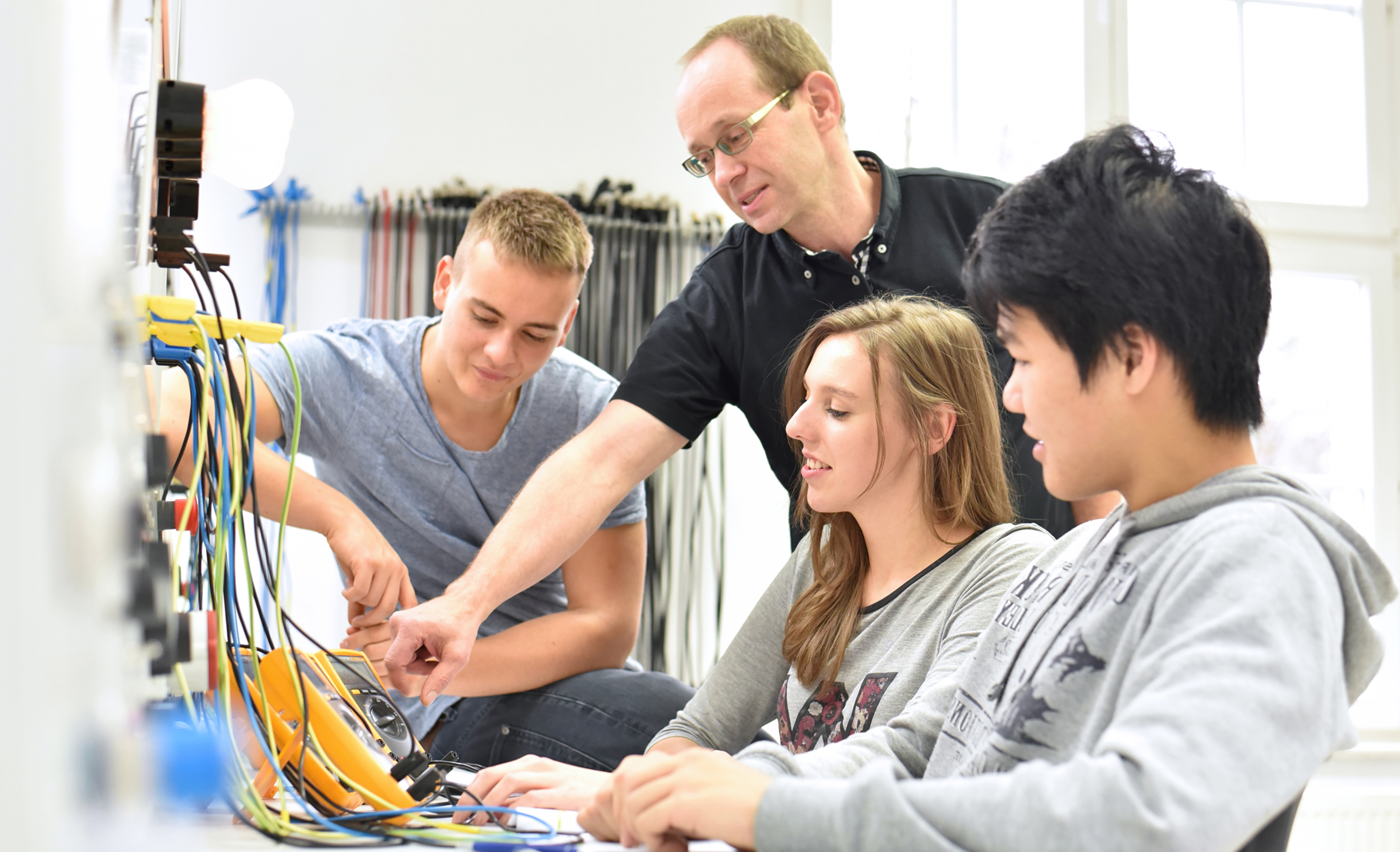Instead of chasing perfection from day one, engineers know the real goal is getting perfection through failure quickly. That’s where the idea of “fail fast, fail safe” comes in. The sooner we uncover flaws, while prototypes are still cheap and easy to adjust, the safer the final device becomes. Testing early doesn’t just save money; it prevents mistakes from ever reaching patients.
In consumer tech, a glitch might mean a frustrated user or a patch in the next software update. In healthcare, even a minor flaw can spell disaster. That’s why prototyping and testing aren’t just steps in the process; they are the very backbone of safe innovation.
The Philosophy of Failing Fast
“Failing fast” doesn’t mean being careless. It means deliberately putting designs under stress early to expose flaws quickly, while there’s still time to fix them. The faster you learn what doesn’t work, the closer you get to what does.
In practice, this might involve 3D-printed components for testing ergonomics, breadboard circuits for validating signal processing, or simulation models to predict performance. Each small-scale failure sharpens the design before it ever touches a hospital floor. The goal is to make mistakes when they’re inexpensive, so patients never pay the price.
Why Medical Devices Raise the Stakes
Medical devices operate in a world where the margin for error is razor-thin. A device that misreads oxygen levels or delivers the wrong drug dosage isn’t just inconvenient; it’s life-threatening. Regulatory bodies, such as the FDA and ISO, recognize this, which is why they require rigorous risk management and verification testing throughout the development process.
Testing early prototypes under real-world stressors (heat, humidity, motion, repeated sterilization) ensures that devices survive not just in the lab, but in the messy reality of healthcare. Engineers aren’t just designing for function; they’re designing for reliability under pressure.
This level of testing is about proving more than basic functionality; it’s about building trust. A device that only works under perfect lab conditions is useless in an ICU at 3 A.M., when every second counts. Engineers must anticipate the unpredictable: nurses rushing through repeated uses, devices being dropped or mishandled, or patients with unique physiological differences. These “what if” scenarios drive testing protocols that stretch prototypes to their limits.
By the time a device reaches the hands of clinicians, it has been run through a series of tests designed to uncover flaws before they reach a patient. It’s a process of elimination; every weakness identified in testing is one less risk in the real world. In the end, what survives this process isn’t just a medical device; it is a tool doctors and patients can count on when it matters most.
Prototyping as a Safe Space for Failure
Prototyping provides a controlled environment where engineers can safely break things. In fact, they’re supposed to. A hinge snapping in a lab test is a data point; a hinge snapping during surgery is a lawsuit.
This stage allows teams to push a design far beyond its normal use, uncovering weak points long before they become safety risks. Whether it’s cycling a component thousands of times to mimic years of use or exposing materials to extreme sterilization processes, prototypes are where devices prove their durability.
It’s also the stage where design assumptions meet reality. A part that looks flawless in CAD might be awkward in a clinician’s hand. A circuit that appears solid on paper might fail with electrical noise in a hospital environment. By surfacing these problems early, engineers avoid costly redesigns down the line and move closer to a device that works reliably in the real world.
Failures here aren’t setbacks; they’re signposts pointing toward safer, smarter designs.
Real-World Lessons
History is filled with medical devices that taught engineers hard lessons about testing. Take the Therac-25 radiation machine in the 1980s, which delivered massive overdoses due to software errors. Inadequate testing meant design flaws were carried through testing, into manufacturing, and eventually led to devastating consequences with patient use. On the flip side, modern insulin pumps, which undergo thousands of hours of bench testing and simulated use, demonstrate how rigorous prototyping prevents disaster and builds trust.
Every failure story in medical device history reinforces the same truth: safety must be engineered from the start, not patched in later.
Iteration Fuels Innovation
Some of the most transformative medical devices, like continuous glucose monitors, were successful through dozens of prototype generations. Each iteration peeled away a flaw, refined usability, or improved accuracy. Without a willingness to test, break, and rebuild, those breakthroughs would never have made it past the napkin sketch.
Fail fast, fail safe isn’t about celebrating failure, it’s about celebrating learning. Every failure you catch early is one fewer that reaches the clinic. Every test that breaks a prototype strengthens the final design.
The Regulatory Connection
Engineers aren’t the only ones invested in testing. Regulators demand documented proof that devices are safe and effective. Risk analysis, verification, and validation aren’t just paperwork; they are an extension of the fail-safe philosophy. By integrating failure analysis into design reviews, companies align innovation with compliance.
It’s necessary that design controls require traceability from prototype testing all the way to final verification. Regulators know that robust testing protects patients, engineers, and the company itself from catastrophic consequences.
Conclusion
The important note to remember is that in medical device design, failure isn’t the enemy. The real danger is hidden failure that surfaces too late. By embracing the philosophy of fail fast, fail safe, engineers turn every broken prototype, every simulation error, and every stress test into a stepping stone toward safer, more reliable devices.
Because in the end, the devices that save lives are built on the lessons learned from those that didn’t.
If you have questions about the development process, feel free to reach out for help. We do hundreds of free consults every year to help guide innovators along their path of device development.

